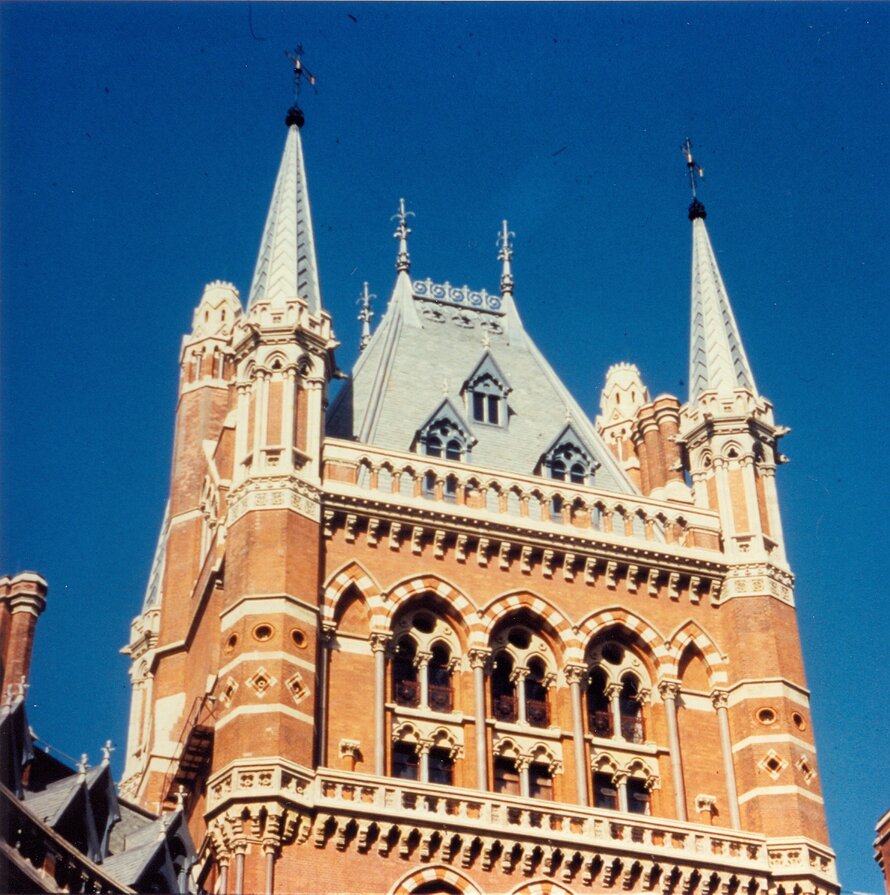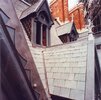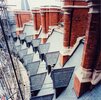St. Pancras Chambers, London: Envelope repairs
The Midland was one of the last Railway Companies to secure its own terminus in London. In May 1865, the Midland Railway Directors held a competition for a hotel and railway offices. The competition was won by Sir George Gilbert Scott with a design of Monumental Gothic Revival ...
Read more
Project details
| Title: | St. Pancras Chambers, London: Envelope repairs |
|---|---|
| Entr. year: | 1995 |
| Result: | Diploma |
| Country: | United Kingdom |
| Town: | London |
| Category type: | architectural heritage |
| Notes: | Former Midland Grand Hotel |
| Building type/ Project type: | residential building |
| Former use: | Hotel and offices |
| Actual use: | Hotel |
| Built: | 19th century |
| Architect / Proj.leader: | Sir George Gilbert Scott, Architect , The Conservation Practice (London - GB) |
| The Jury's citation: | "For the very skilful external repair and restoration of one of the most significant buildings of the Gothic Revival in Britain, fronting the rail station now proposed as one of the terminus of the new Channel Tunnel Rail Link. The works, including intensive research on the original internal appearance and grand staircase, should greatly benefit the adaptation of the building to its new use" |
| GPS: | 51°31'47.5"N 0°7'30.9"W |
Description:
The Midland was one of the last Railway Companies to secure its own terminus in London. In May 1865, the Midland Railway Directors held a competition for a hotel and railway offices. The competition was won by Sir George Gilbert Scott with a design of Monumental Gothic Revival architecture that crystallized the director's aspirations, with the hotel positioned in front of the trainshed. Work started on 1st January 1867 and in less than ten years, on May 1873, the first part of the hotel was opened. The West Wing was completed and opened three years later. In its heyday the 250 bedroom hotel was one of the most opulent in London with hydraulic 'ascending rooms', revolving doors and heating in halls by warm air flues. These special features were the exception: toilets were grouped together in dedicated rooms, fires and baths still relied on armies of chambermaids to carry coal and water respectively. Modernization proved too expensive and the hotel's popularity declined. Since 1935 it has been used as offices and was known as St. Pancras Chambers. Office use continued until 1979 when it was refused a fire certificate. In late 1990 British Rail commissioned a Safety Audit which was followed by a detailed condition survey of the building fabric. The findings that caused concern for public safety were principally unstable chimney pots, slipped slates, spalling masonry and loose finials on the iron balustrades. The completion of the envelope repairs (masonry cleaning, stone and brick repair work, structural timber repairs, renovation of the flat zinc roof, repairs to external metalwork) has secured this famous building for the future.
Similar projects
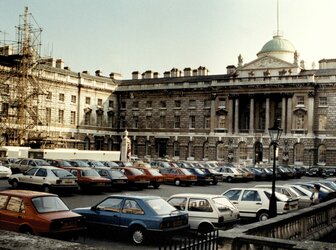
18th century
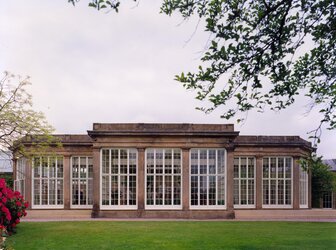
18th-19th century
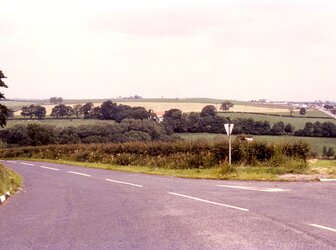
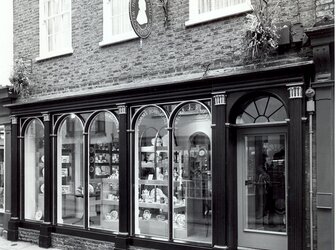
18th century
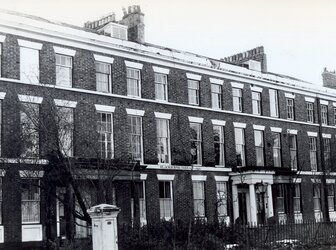
18th-19th century
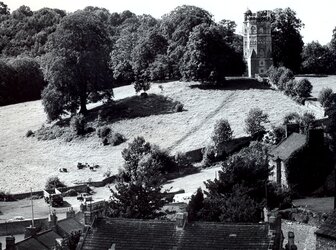
18th century
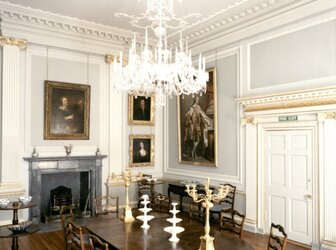
18th century

18th century
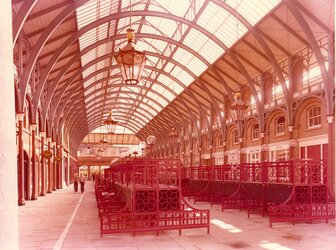
19th century
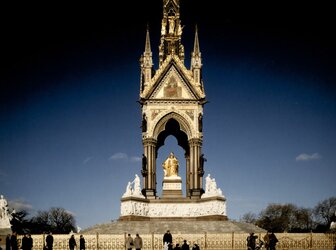
19th century
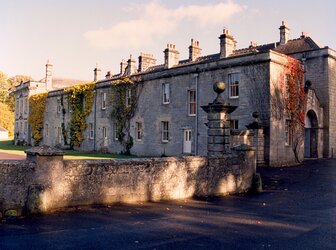
15th-19th century
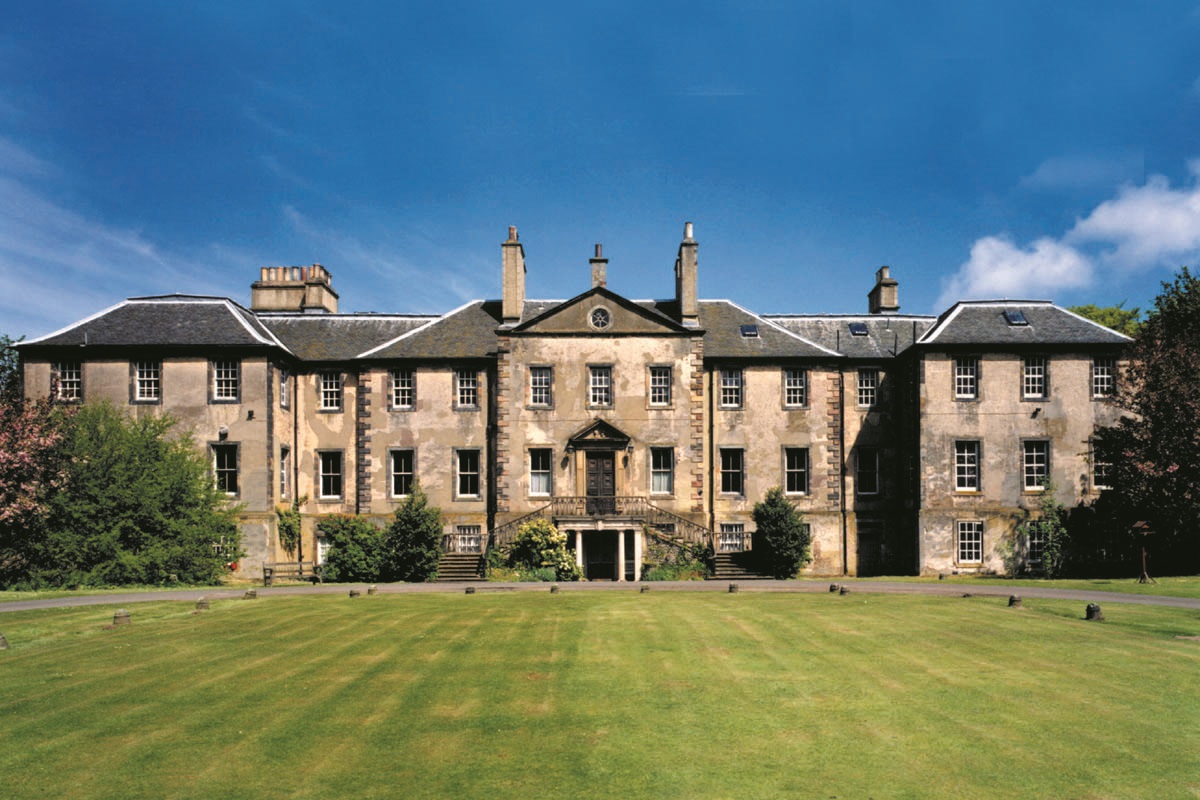
17th century
